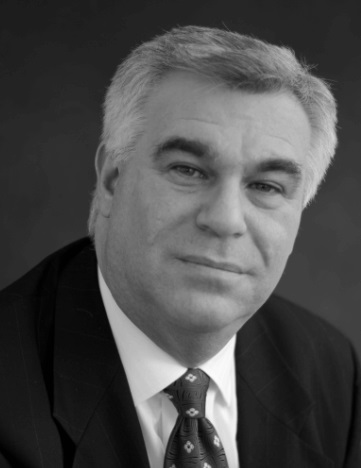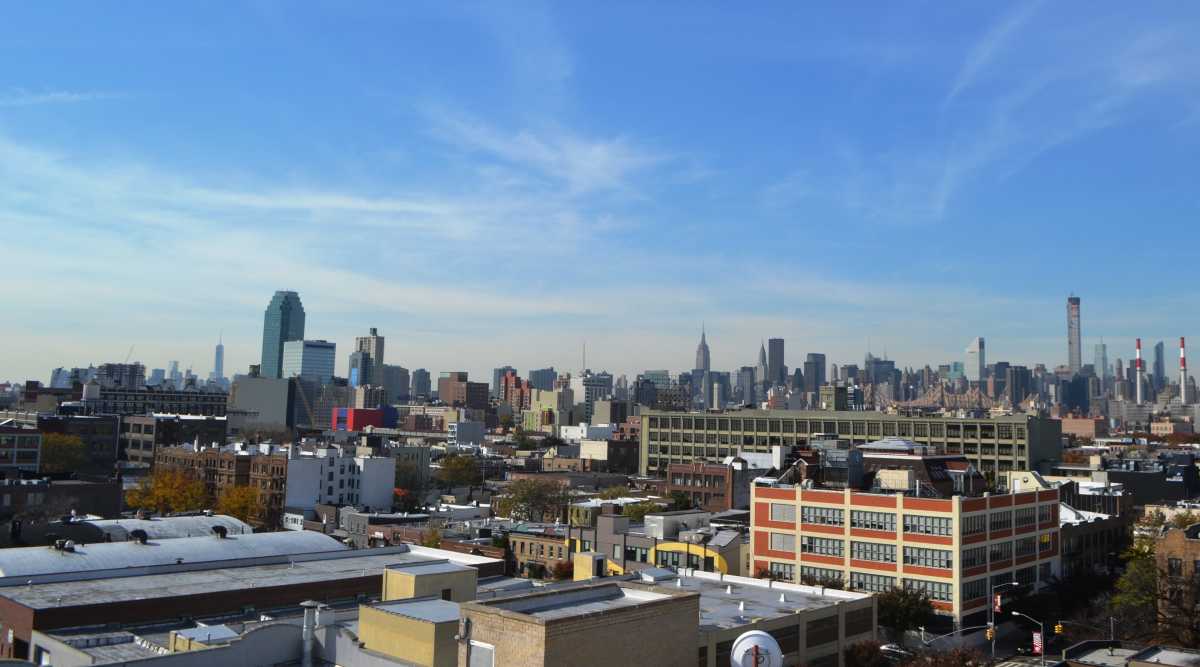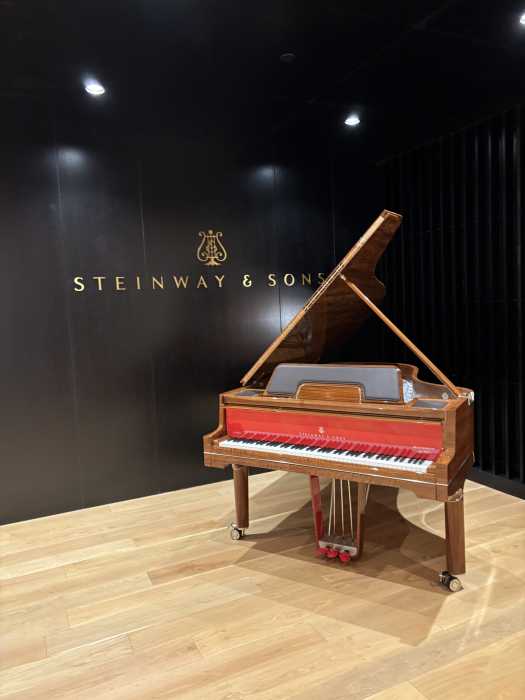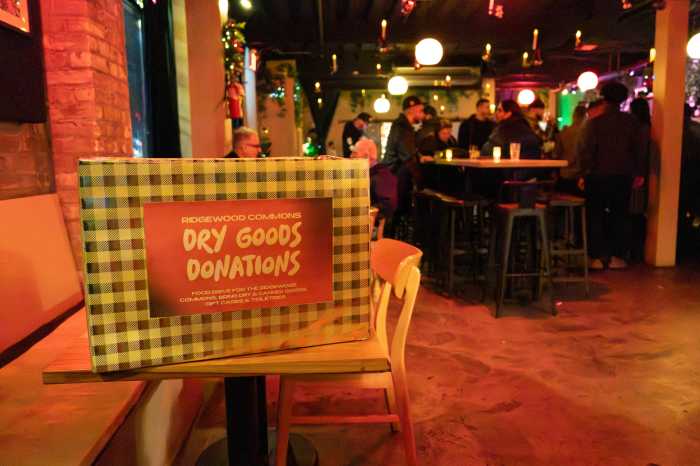Berko & Associates is a 9-year-old New York City-based investment real estate brokerage firm that specializes in investment sales, structured finance and advisory. The firm focuses on the five boroughs and the surrounding Tri-State area, and closed with more than $340 million in financing and sales in 2014. Queens native Alan Simonowitz, a director in the firm and a 26-year industry veteran, spoke with real estate editor Liam La Guerre about the firm’s recent actions in the borough and how they look at the area.
La Guerre: Looking back at the investment your firm made in financing the Paper Factory Hotel in Long Island City, what do you think of what it has become?
Simonowitz: Well, it’s been a great investment. We like the hotel that we see. We arranged the financing for it but the hotel has been very successful. We financed it twice. Once, we did a bridge loan, which functioned as a construction loan for the hotel developer, and once he completed the renovation and opened up, we got him permanent financing. And the hotel is doing very well. The debt on the permanent financing is being paid every month—it’s a success story.
La Guerre: It kind of reflects the ability of what can be done in Queens now that the market is hot, right?
Simonowitz: Absolutely. Long Island City is one of the strong markets in Queens, but all of Queens right now is heating up.
It’s only been very recently that everybody is opening their eyes to Queens. Longtime residents like myself know this, but it’s actually a very convenient place to live. It’s a great jumping off point to go out east to Long Island, to go north to upstate, and there is easy access with public transportation into Manhattan.
La Guerre: And as people make this discovery, it attracts more investors to the borough, much like the case of the rental building called The Roosevelt in Jackson Heights, which your firm was able sell for about $20 million. Before that it was supposed to be condos, but that wasn’t working out right. So what happened?
Simonowitz: We got to the property just when the original developer had it about 98 percent built. He didn’t know what he wanted to do with it, whether he wanted to go condo or he wanted to have a rental building, but he had a 421a (tax abatement incentive) on the building. We had a very intelligent buyer come in and [see] the opportunity, especially the fact that it was by the No. 7 train. He finished the building, and took over and got $43-per-square-foot rents on average for that building, which is a record for the area.
La Guerre: In terms of the approach to Queens, how has that changed within the nine years that your firm has been investing? Is there a realization now that there are some good deals that can be made here?
Simonowitz: Absolutely. We actually brought in someone who is concentrating in Queens right now. As a broker you go where you think the inflow is and where you think the buyers are going. We are a function of what the market place is. And we clearly realized that Queens has heated up. Everyone now knows about Astoria and Long Island City, but the whole corridor through Forest Hills to Rego Park is heating up.
La Guerre: You’re marketing a building right now in Ridgewood, an area that’s seeing some change as well in the market. How do you view that neighborhood?
Simonowitz: There is a lot of demand for development opportunities, which is a little bit more difficult because Ridgewood is a little bit older area in Queens. It’s denser than some of the other areas. So whenever we are finding opportunities in Ridgewood there is very strong interest, because of its proximity to Manhattan, it’s an established neighborhood, and people like the shopping on Myrtle Avenue.
La Guerre: Is there is an area in Queens that you wouldn’t seek to invest in?
Simonowitz: There is no area that we wouldn’t look at all. All areas make sense at a given level.

RECOMMENDED STORIES






































